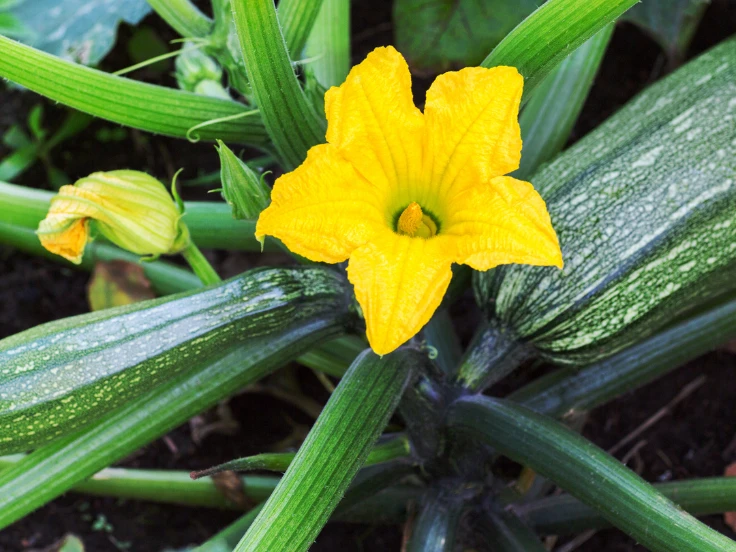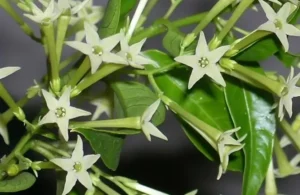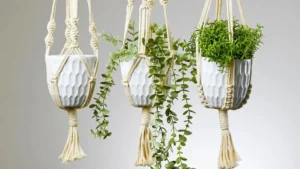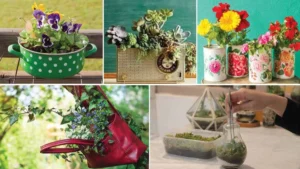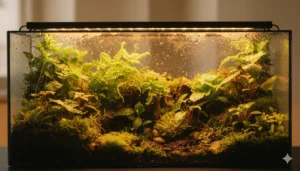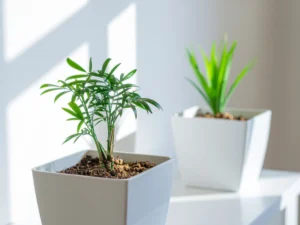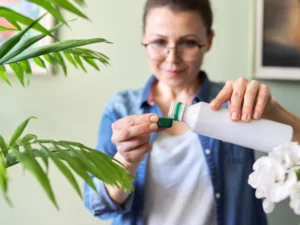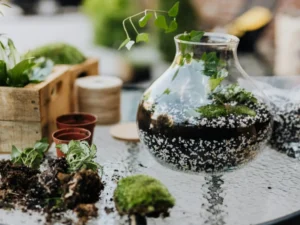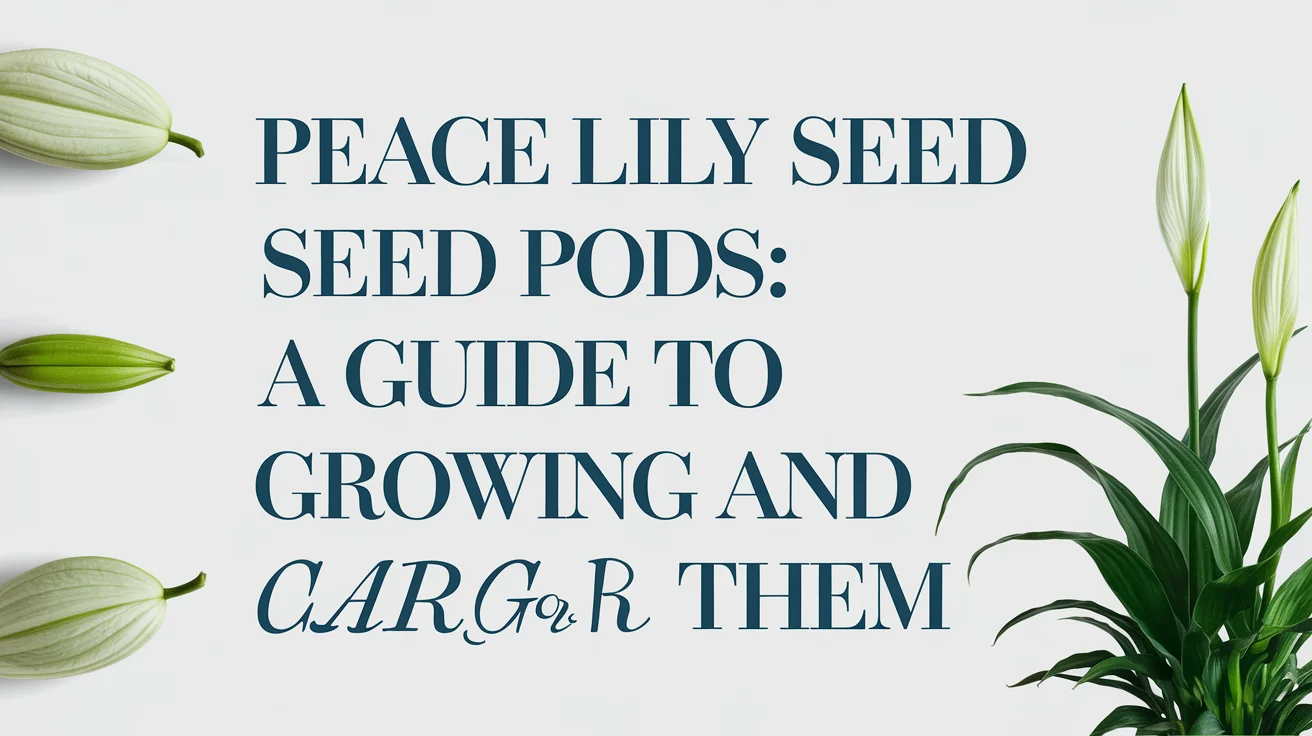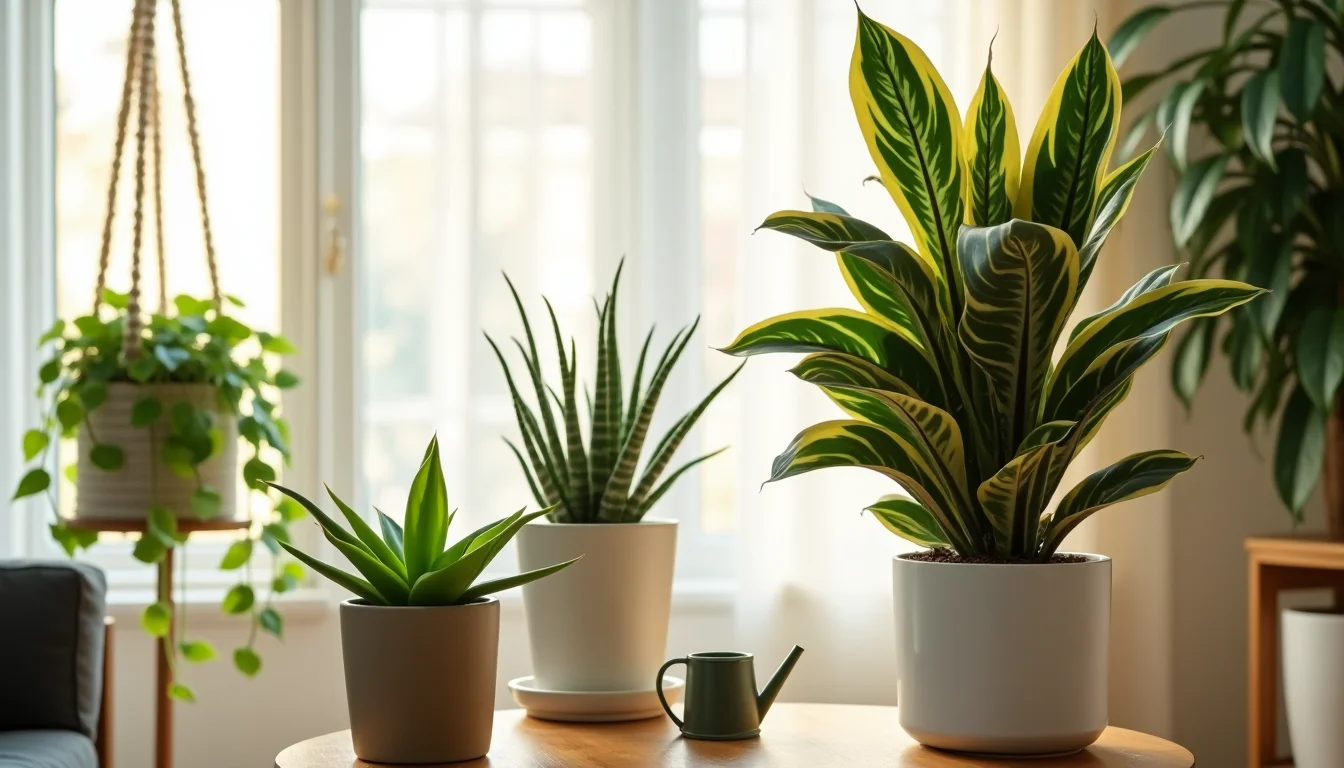When starting your gardening journey with zucchini, one of the first surprises is the sudden burst of zucchini plant male flowers before any fruits appear. For beginners, this can seem confusing or even disappointing. However, these blossoms are not wasted energy; in fact, they are essential to zucchini production.
In this extended guide, you’ll learn how to identify male flowers, their importance for pollination, common challenges, and even how to use them in the kitchen. By understanding male flowers, you’ll not only grow healthier zucchini plants but also maximize yields throughout the season.
The Role of Male Flowers in Zucchini Plants
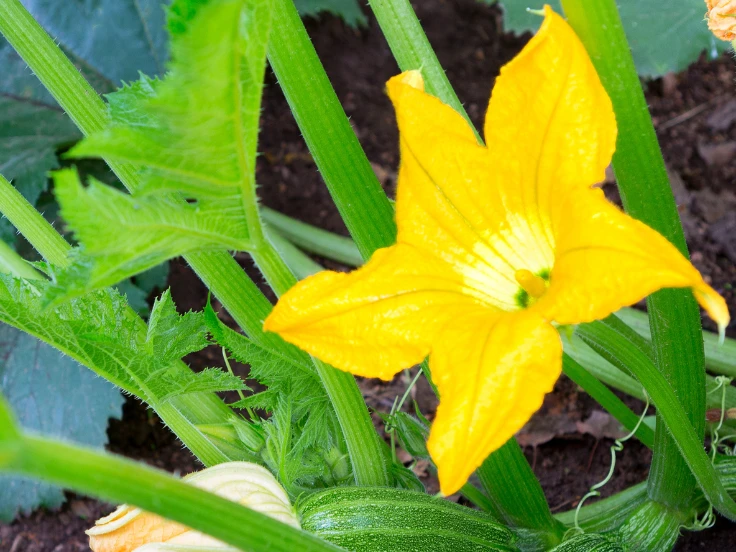
Zucchini plants belong to the squash family and are monoecious, meaning they produce both male and female flowers on the same plant. Male flowers typically appear first, serving a vital role: producing pollen for fertilization.
While they don’t turn into zucchini themselves, without male flowers, female blossoms cannot develop fruits. This natural design ensures the plant has a ready supply of pollen as soon as female flowers emerge.
Identifying Zucchini Plant Male Flowers
Recognizing the difference between male and female flowers prevents confusion during early growth.
Distinct Features of Male Flowers
-
Thin stem: Male flowers sit on a narrow stalk that connects directly to the vine.
-
No fruit at the base: Female flowers have a tiny zucchini at their base, while males do not.
-
Stamen inside the blossom: The stamen, covered in yellow pollen, is the male reproductive organ.
Male flowers are often more abundant than female ones, and their early arrival is completely normal.
Why Zucchini Plants Produce Male Flowers First
Gardeners often worry when they see many male flowers but no female blossoms. This happens because zucchini plants initially produce male flowers to attract pollinators such as bees.
By the time female flowers develop, the pollinators are already accustomed to visiting the plant, which increases the chances of successful fertilization. Patience is crucial female flowers will eventually follow once the plant is established.
The Importance of Male Flowers for Pollination
Pollination is the bridge between flowers and fruit. Bees, butterflies, and other pollinators transfer pollen from the stamen of male flowers to the stigma of female blossoms. If pollination doesn’t occur, the female flowers will wither and drop off without producing zucchini, similar to how orchids may lose their blooms when conditions aren’t ideal (learn more about why flowers fall off orchid plants).
In regions where pollinator activity is low, gardeners can step in by hand pollinating to ensure successful fruit set.
How to Hand Pollinate with Male Flowers
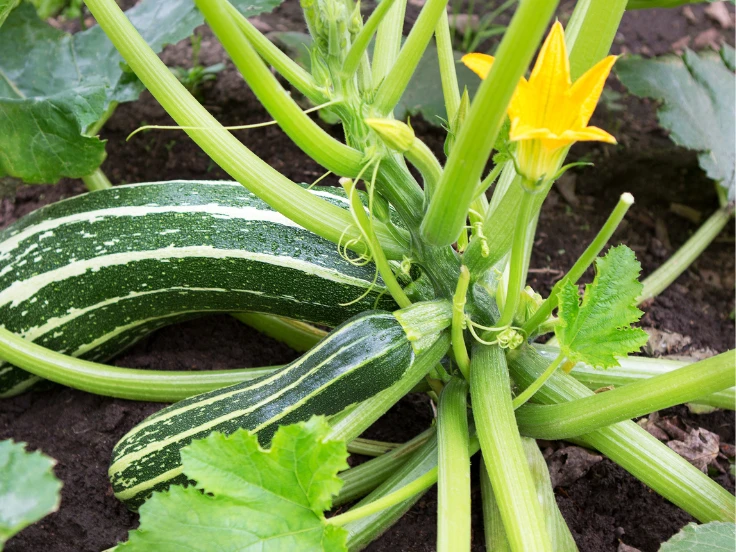
Hand pollination is simple and highly effective.
Step-by-Step Hand Pollination:
-
Pick a fresh male flower. Choose one that has opened fully in the morning.
-
Expose the stamen. Carefully peel back the petals.
-
Transfer the pollen. Gently dab the stamen onto the female flower’s stigma.
-
Repeat daily. Continue until you see baby zucchinis forming.
Alternatively, you can use a small brush or cotton swab to collect pollen and apply it to female flowers.
Best Growing Conditions for Healthy Male Flowers
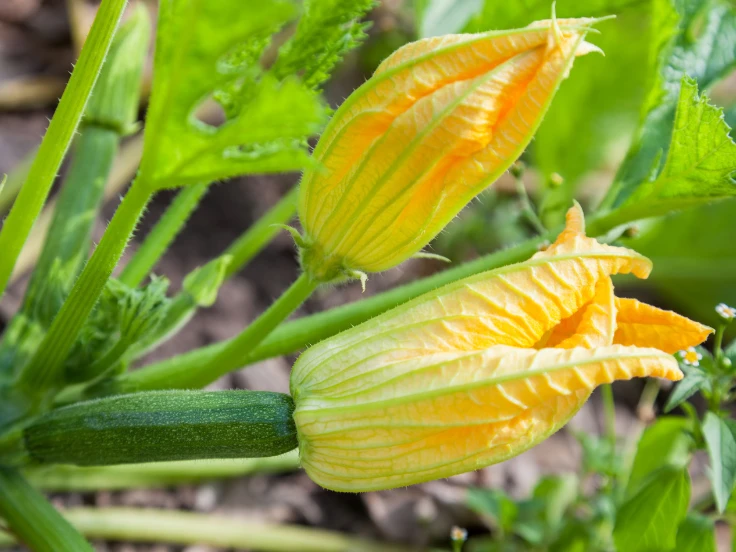
Caring for zucchini plants properly ensures strong male flowers, which are crucial for pollination.
Sunlight Requirements
Zucchini plants thrive with 6–8 hours of direct sunlight daily. Insufficient light can lead to fewer flowers and weaker plants.
Watering Tips
Water deeply 2–3 times a week, keeping the soil evenly moist. Avoid overhead watering to reduce the risk of fungal diseases on flowers.
Soil Conditions
Zucchini prefers well-drained, nutrient-rich soil with a pH between 6.0 and 7.5. Adding compost improves fertility and encourages more blossoms.
Fertilization
During flowering, use a balanced fertilizer (10-10-10) to promote both male and female flower production. Excess nitrogen can cause too much leaf growth and fewer blossoms.
Encouraging More Female Flowers
If your zucchini plant produces mostly male flowers, don’t panic this is common. However, you can encourage more female blossoms by:
-
Maintaining consistent watering to reduce plant stress.
-
Feeding with phosphorus-rich fertilizer to stimulate flowering.
-
Spacing plants properly to ensure good airflow and reduce competition.
With time and proper care, the plant will naturally balance male and female flower production.
Common Issues with Male Flowers
1. Too Many Male Flowers
Early in the season, the plant may produce mostly males. This balances out as it matures.
2. Flowers Falling Off
Male flowers naturally fall after releasing pollen. This is not a problem.
3. Pollination Failure
If female flowers do not develop into fruits, pollination may have failed. In this case, hand pollination is the solution.
Using Zucchini Plant Male Flowers in Cooking
Male flowers aren’t just important for pollination—they’re also edible and delicious. Since plants produce more male flowers than needed, you can harvest a few without affecting fruit yield.
Popular Culinary Uses:
-
Stuffed blossoms: Filled with cheese or herbs and baked or fried.
-
Fritters: Dipped in batter and fried until crispy.
-
Salads: Used fresh for a mild, delicate flavor.
-
Soups and stews: Added as a nutrient-rich garnish.
Packed with vitamins and minerals, male zucchini flowers are a unique way to enjoy your harvest.
Benefits of Understanding Male Flowers
-
Prevents panic when only male flowers appear at first.
-
Ensures effective pollination for maximum yield.
-
Offers additional edible harvest.
-
Improves overall plant care and gardening success.
Extended Tips for Gardeners
-
Companion Planting: Grow flowers like marigolds, nasturtiums, and sunflowers nearby to attract bees and increase pollination rates.
-
Pruning: Remove excess leaves to improve air circulation and sunlight exposure, which encourages better flowering.
-
Succession Planting: Plant zucchini in intervals for continuous production, ensuring new male and female flowers throughout the season.
-
Pest Management: Protect blossoms from pests like cucumber beetles, which can damage flowers and reduce pollination success.
FAQs
Q1: Why does my zucchini plant only produce male flowers?
This is common at the start of the season. Female flowers usually appear after the plant has matured.
Q2: Can I eat zucchini plant male flowers?
Yes, male flowers are edible and can be used in many recipes without harming your harvest.
Q3: How can I tell the difference between male and female zucchini flowers?
Male flowers have thin stems and no fruit at the base, while females have a swollen base resembling a tiny zucchini.
Q4: Do I need pollinators for zucchini?
Yes, zucchini depends on pollinators. If they are scarce, hand pollination is an effective alternative.
Q5: Will picking male flowers affect fruit production?
No, zucchini plants produce more male flowers than necessary. Harvesting some is safe.
Q6: Can zucchini plants produce fruit without male flowers?
No, female flowers must be pollinated with pollen from male flowers to form fruit.
Q7: How long do male zucchini flowers last?
Male flowers typically last only a day, opening in the morning and closing by evening.
Conclusion
Ultimately, mastering zucchini plant male flowers is key to a bountiful harvest, as they provide essential pollen for female blossoms. Proper care and pollination ensure healthier plants. For a thriving garden, consider adding seasonal blooms see our guide on fall flowers to plant now to boost growth and yield.
Moreover, these flowers offer culinary benefits, in addition, adding versatility to your gardening efforts. Therefore, by understanding and making use of male flowers, you transform potential confusion into gardening success and ultimately delicious results.For more expert insights on zucchini and squash cultivation, you can explore trusted resources from University of MinnesotaExtension, which provide detailed gardening guidance.

